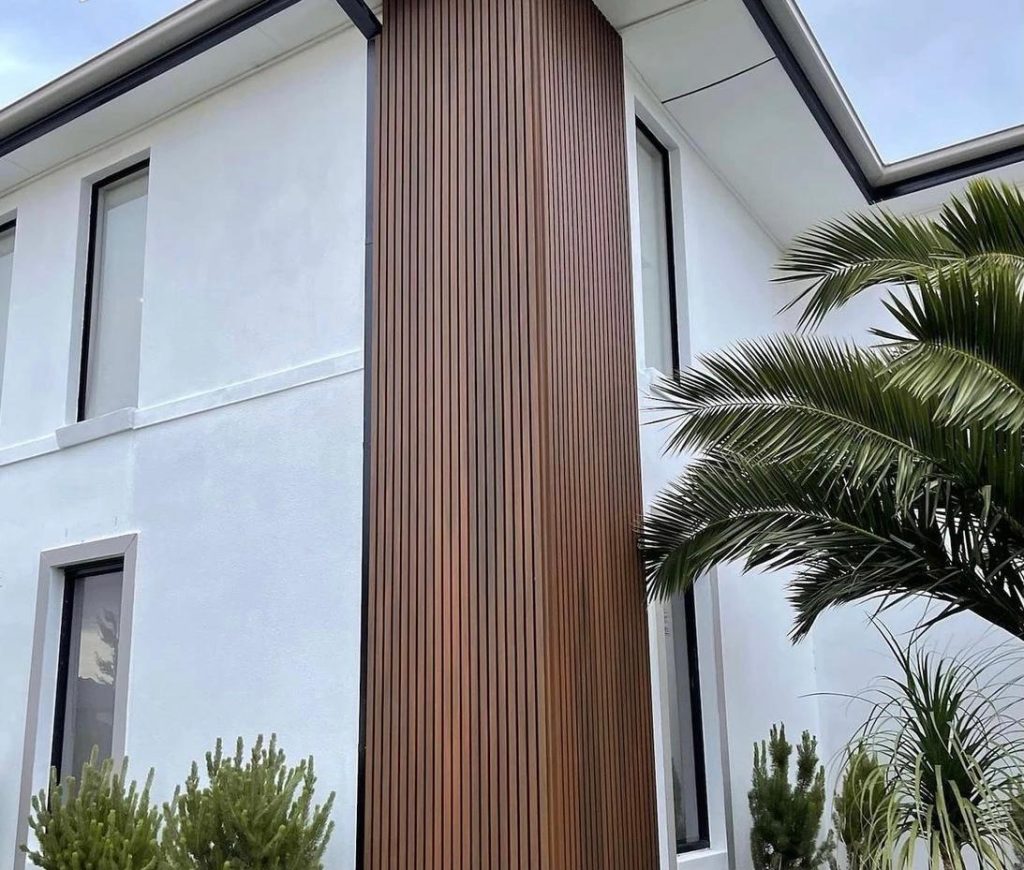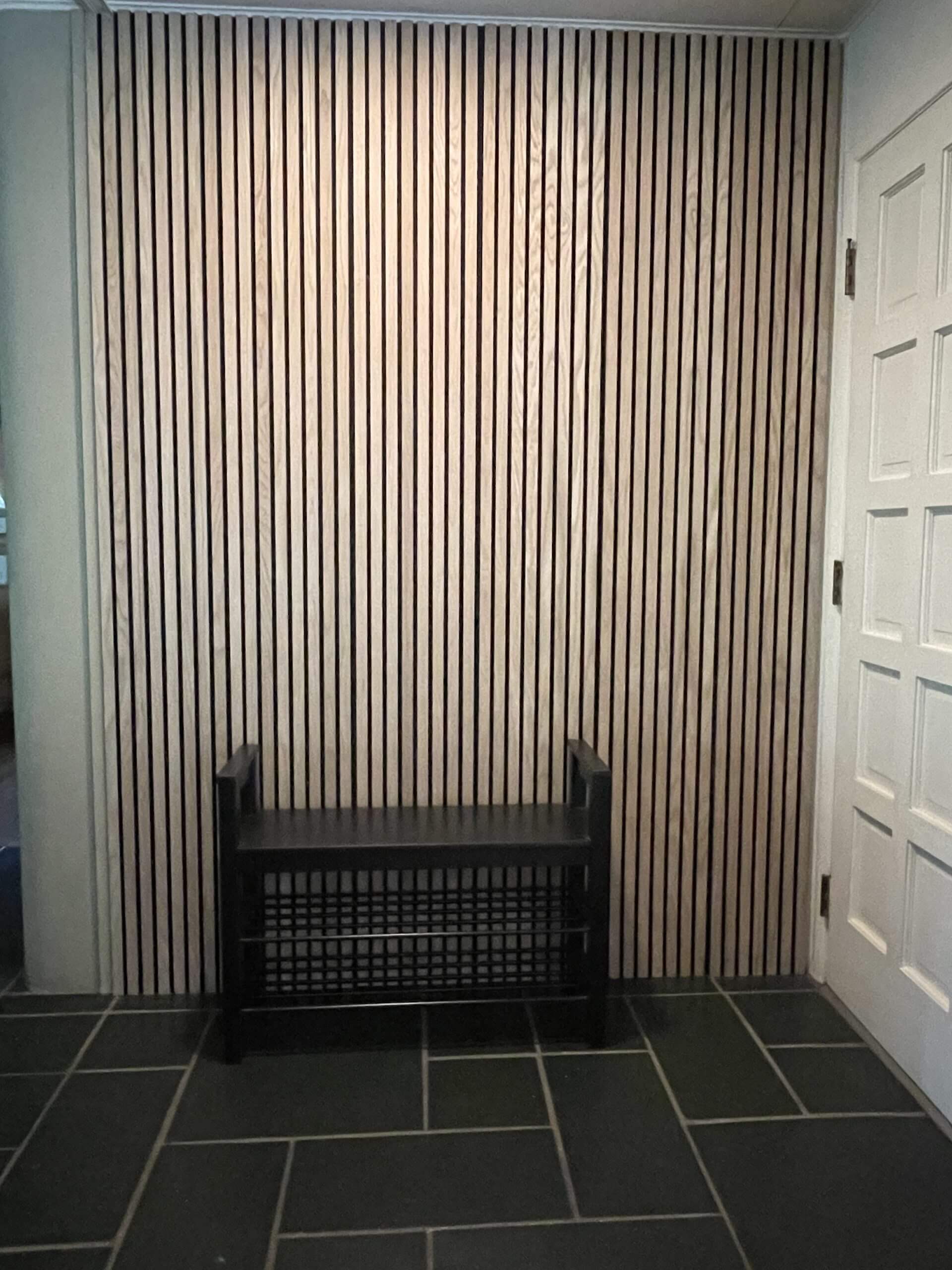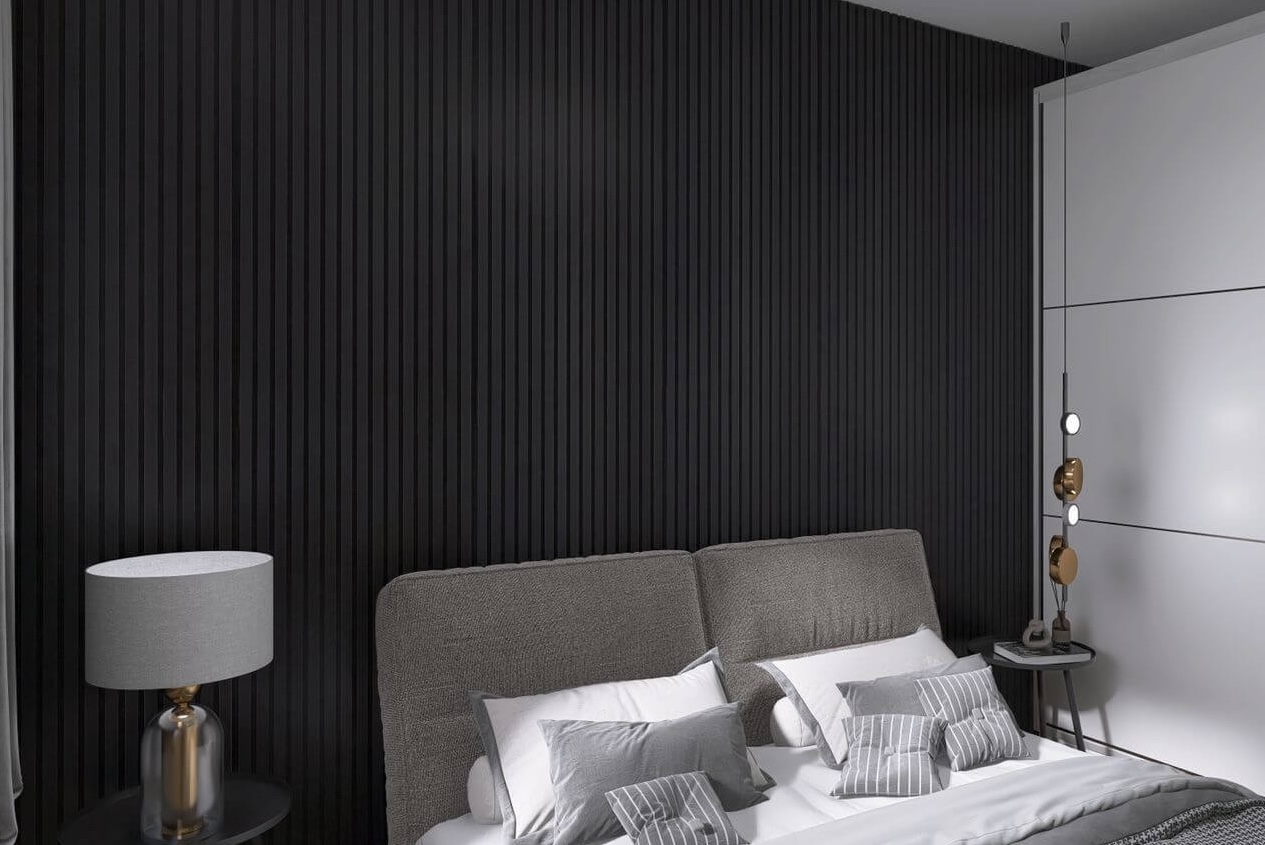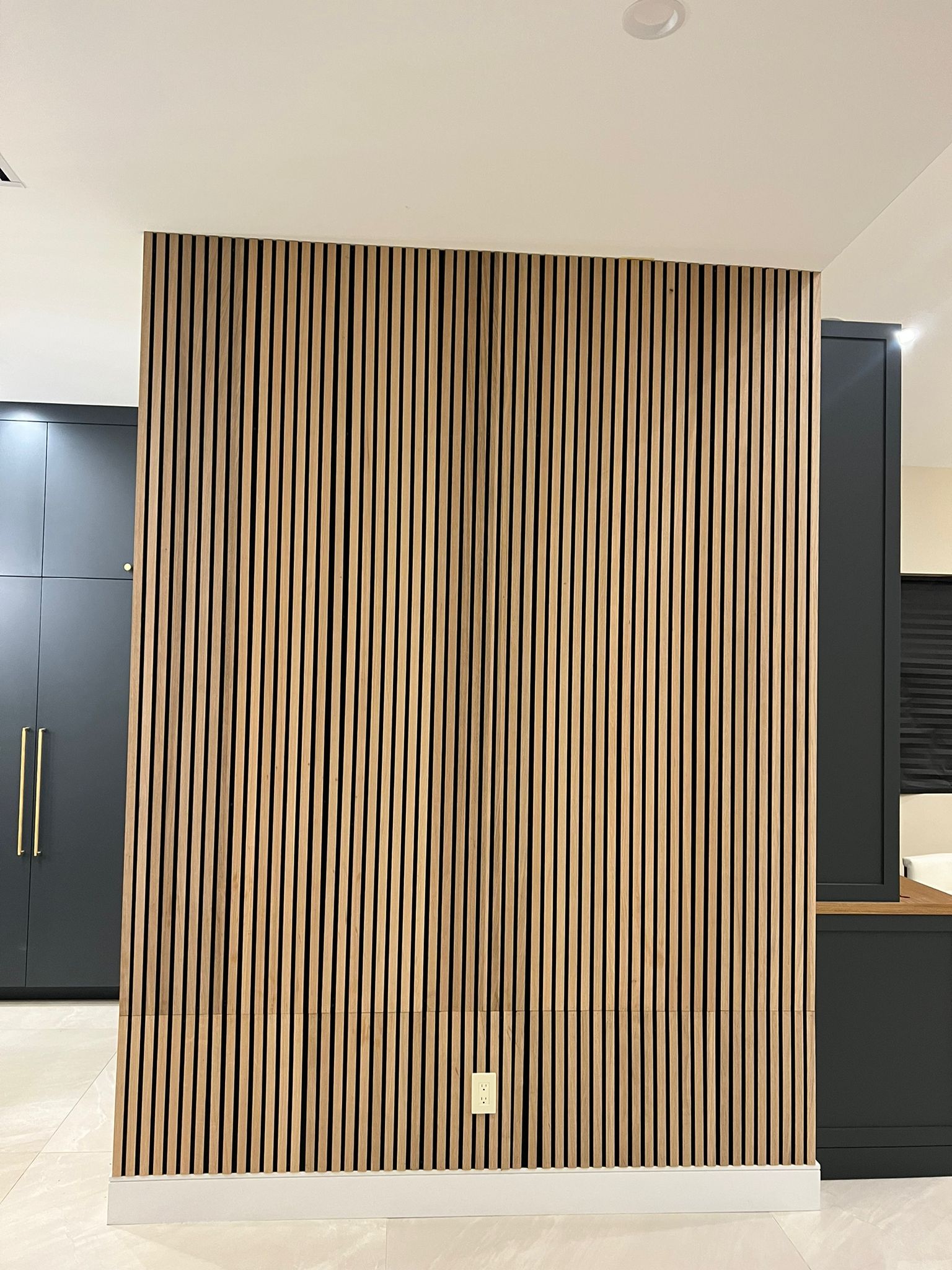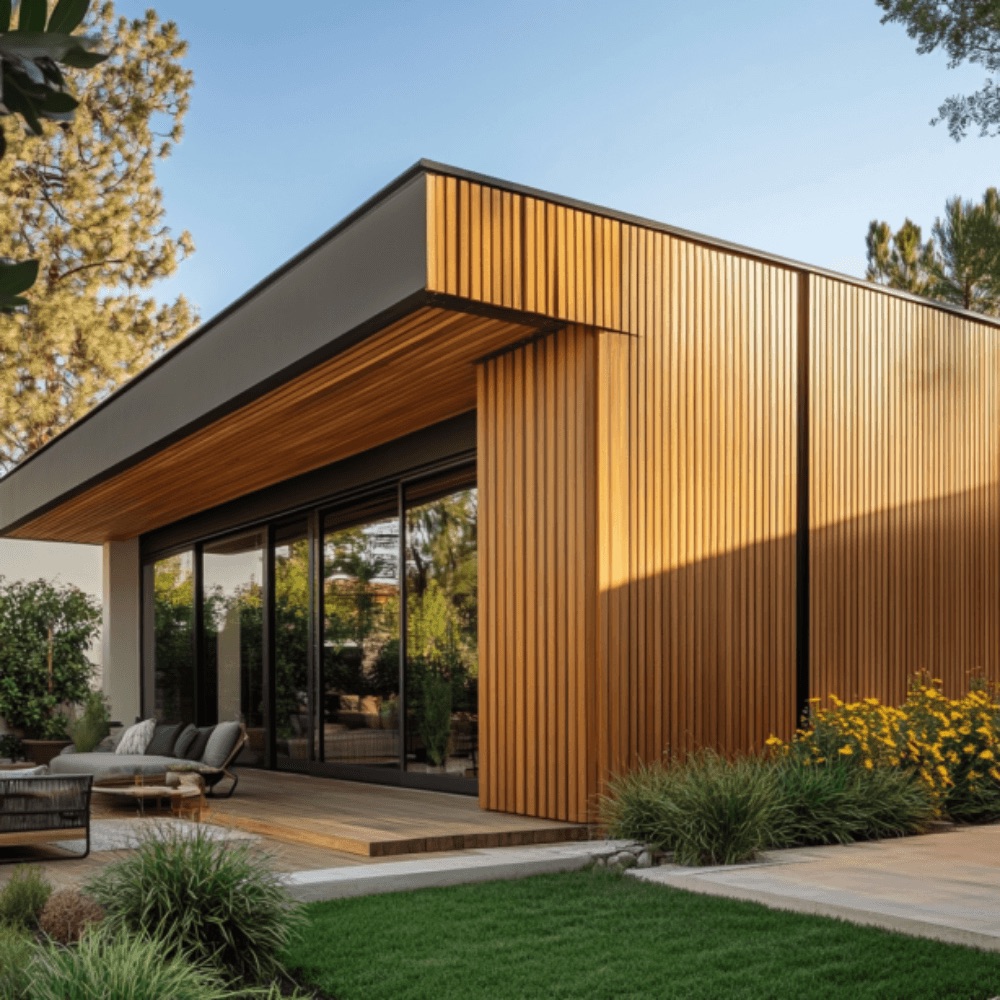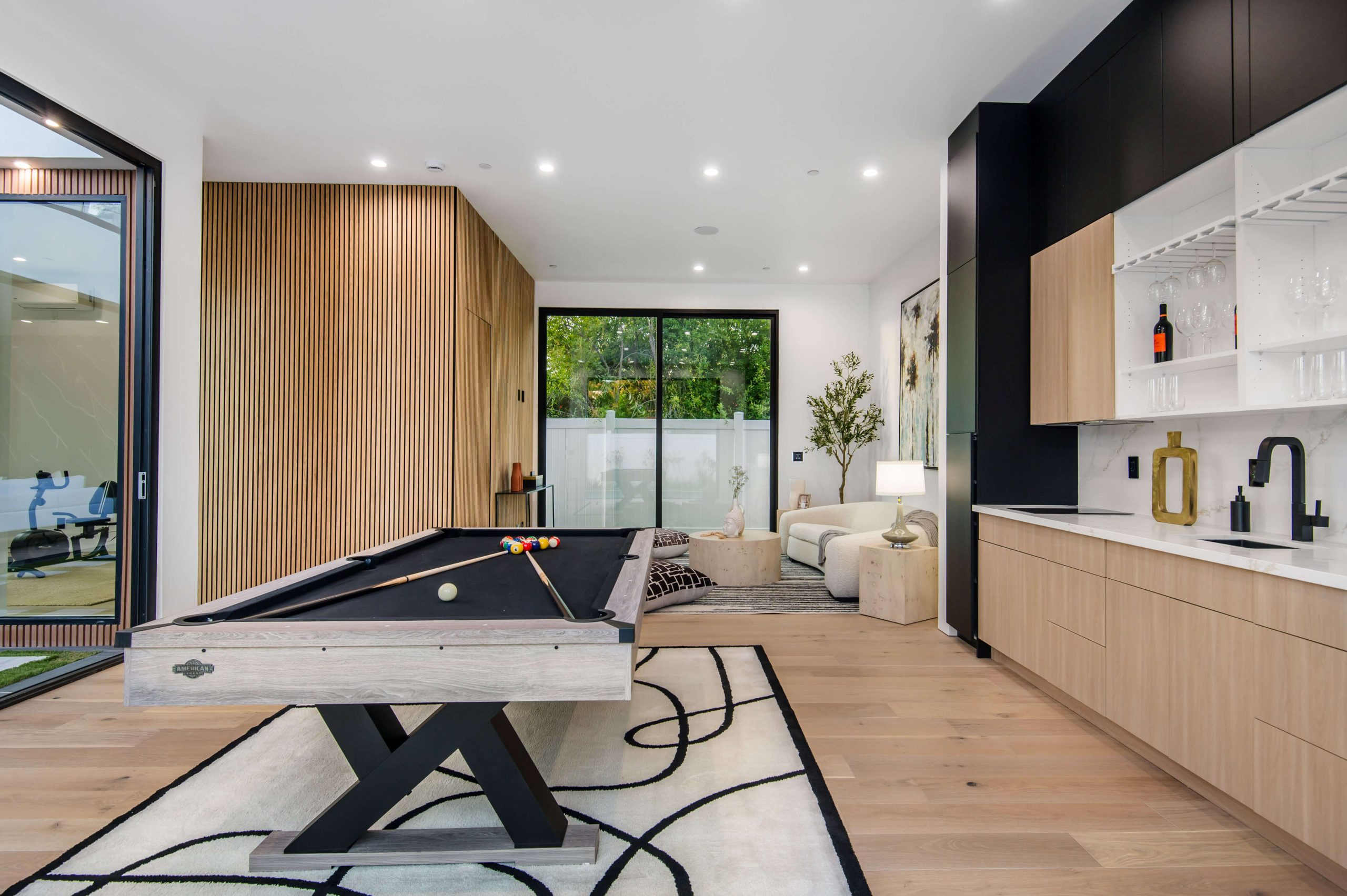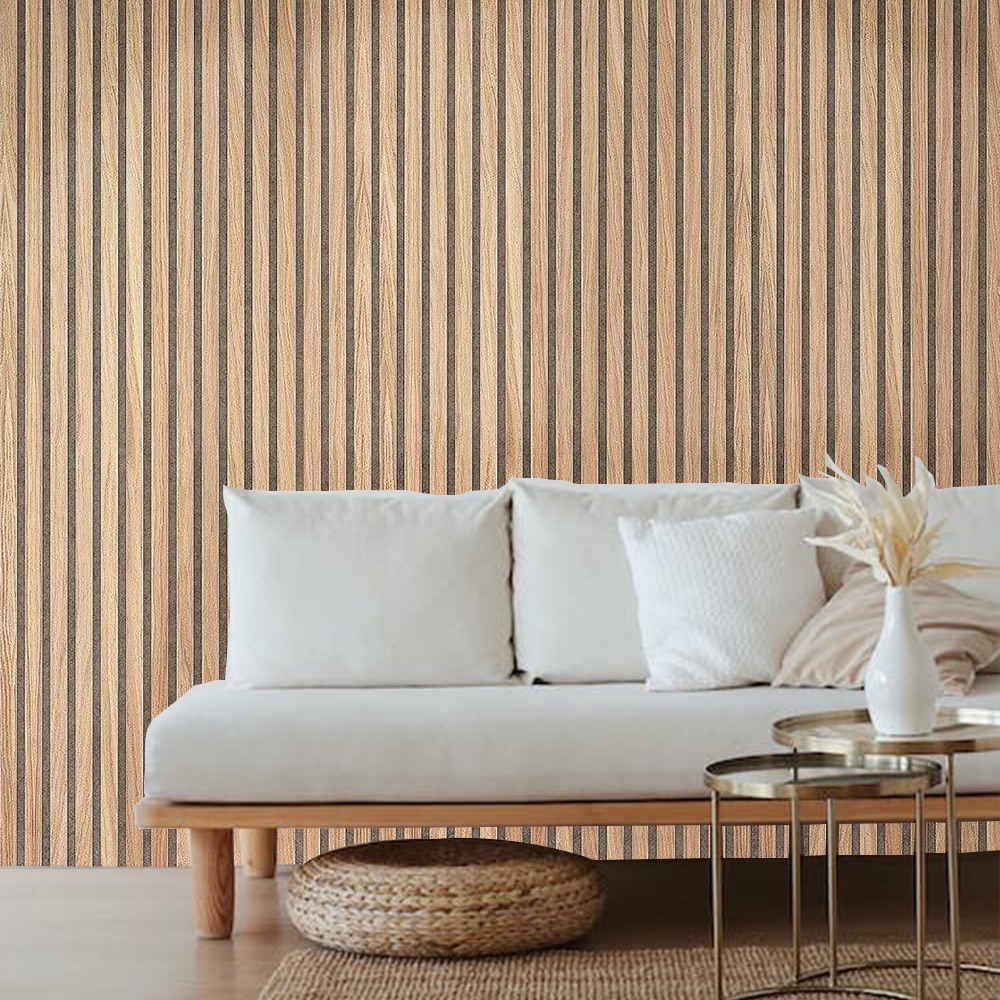When it comes to enhancing both the aesthetic appeal and functionality of your home, siding panels for homes play a crucial role. These versatile exterior elements are more than just decorative; they provide essential protection from the elements and improve energy efficiency. In this blog, we’ll dive deep into the world of siding panels, exploring their various types, benefits, and how to choose the right option for your home. By the end, you’ll have a clear understanding of why siding panels are essential for homeowners looking to beautify and safeguard their properties.
What Are Siding Panels for Homes?
Siding panels are protective layers installed on the exterior of homes to shield the structure from weather-related damage while providing insulation. Traditionally made from wood, vinyl, metal, or composite materials, siding panels can be customized to suit the design preferences of any homeowner. However, the function of siding panels goes beyond aesthetics—they also offer significant insulation benefits and help reduce energy costs.
Types of Siding Panels for Homes
There are several types of siding panels available on the market, each offering unique characteristics in terms of material, style, and durability. Understanding the pros and cons of each type can help homeowners make an informed decision when selecting the right siding for their home.
- Wood Siding Panels Wood siding remains a popular choice for its natural beauty and timeless appeal. Whether you choose cedar, pine, or redwood, wood siding panels for homes can be customized in various textures and finishes. They provide excellent insulation but require regular maintenance to prevent rot and insect damage.
- Advantages: Timeless aesthetic, eco-friendly, natural insulation.
- Disadvantages: It requires regular upkeep and is susceptible to weather damage.
- Vinyl Siding Panels Vinyl is a cost-effective and low-maintenance option that has grown in popularity due to its durability. Available in a wide range of colors and styles, vinyl siding panels for homes can mimic the appearance of wood without the same level of upkeep. However, they are not as environmentally friendly as some other options.
- Advantages: Low maintenance, affordable, wide range of colors.
- Disadvantages: Less eco-friendly, may fade over time.
- Metal Siding Panels Typically made from steel or aluminum, metal siding panels offer excellent durability and weather resistance. Metal siding panels for homes are also fire-resistant and can last for decades with minimal maintenance. They are often used in modern and industrial-style homes.
- Advantages: Fire-resistant, low maintenance, long-lasting.
- Disadvantages: It can be expensive and prone to denting.
- Composite Siding Panels: A combination of wood fibers and resin, composite siding panels are designed to offer the best of both worlds: the beauty of wood and the durability of synthetic materials. Composite siding panels for homes are highly resistant to moisture and insect damage, making them a great option for humid climates.
- Advantages: Resistant to moisture and insects, low maintenance.
- Disadvantages: It can be expensive and has a synthetic appearance.
Benefits of Siding Panels for Homes
Installing siding panels for homes offers numerous benefits, from enhancing curb appeal to improving energy efficiency. Here’s a closer look at why siding is such a valuable investment:
- Protection Against the Elements Siding panels acts as a shield, protecting your home from rain, wind, snow, and sun exposure. This is particularly important in areas prone to harsh weather conditions.
- Increased Energy Efficiency Well-insulated siding panels can help reduce heat loss during the winter and keep your home cooler in the summer. This can lead to significant savings on your energy bills over time.
- Low Maintenance Options While some siding materials, like wood, require more maintenance, many modern siding panels are designed to be low maintenance. Vinyl and metal siding, for example, only need occasional cleaning to stay in good condition.
- Enhanced Curb Appeal With a wide variety of materials, colors, and textures available, siding panels for homes can dramatically enhance the appearance of your home’s exterior. This can increase the property’s value and create a more attractive overall aesthetic.
How to Choose the Right Siding Panels for Your Home
When selecting siding panels, consider the following factors to ensure you choose the best option for your home:
- Climate Considerations Your local climate will play a significant role in determining which siding material is best for your home. For example, if you live in a humid area, composite siding may be the best option due to its resistance to moisture. If fire resistance is a priority, metal siding would be ideal.
- Maintenance Requirements Different siding materials have varying levels of maintenance. If you prefer a low-maintenance option, vinyl or metal siding may be a better choice compared to wood, which requires regular sealing and painting.
- Aesthetic Preferences The style of your home will influence your choice of siding panels. Wood siding offers a classic, natural look, while metal and composite siding can provide a modern, sleek appearance. Choose a material that complements the architectural style of your home.
- Budget Siding costs can vary widely depending on the material and installation method. Vinyl and wood siding tend to be more affordable, while composite and metal siding can be more expensive. Make sure to factor in both initial costs and long-term maintenance expenses when setting your budget.
Installation Process for Siding Panels
Installing siding panels for homes typically involves the following steps:
- Preparing the Surface Before installing new siding, the surface of the home must be cleaned, and any existing siding or debris must be removed.
- Adding Insulation In some cases, additional insulation may be installed before the siding to improve energy efficiency.
- Installing the Panels The siding panels are then installed, either by nailing them directly to the exterior or using a hanging system, depending on the material.
- Sealing and Finishing Once the panels are in place, the seams are sealed to prevent moisture from entering, and any necessary finishing touches are applied.
FAQs About Siding Panels for Homes
1. How often should I replace my siding panels?
The lifespan of siding panels varies by material. Vinyl siding can last 20-40 years, while wood siding may need to be replaced every 10-15 years, depending on maintenance.
2. Can I install siding panels myself?
While some siding materials, like vinyl, are DIY-friendly, others, like metal and composite, may require professional installation for optimal results.
3. Are siding panels energy-efficient?
Yes, many siding panels offer insulation benefits, which can help reduce your energy bills by improving your home’s overall efficiency.
4. How do I maintain my siding panels?
Maintenance depends on the material. Wood siding requires regular sealing and painting, while vinyl and metal siding need occasional cleaning.
5. Can I paint my siding panels?
Yes, certain materials like wood and composite can be painted to refresh their appearance. Be sure to use appropriate paint for outdoor use.
Conclusion
Understanding the different options and benefits of siding panels for homes can help you make an informed decision that improves both the look and function of your home. Whether you’re looking for a low-maintenance option like vinyl or prefer the natural beauty of wood, the right siding panels will enhance your home’s curb appeal and provide lasting protection.

